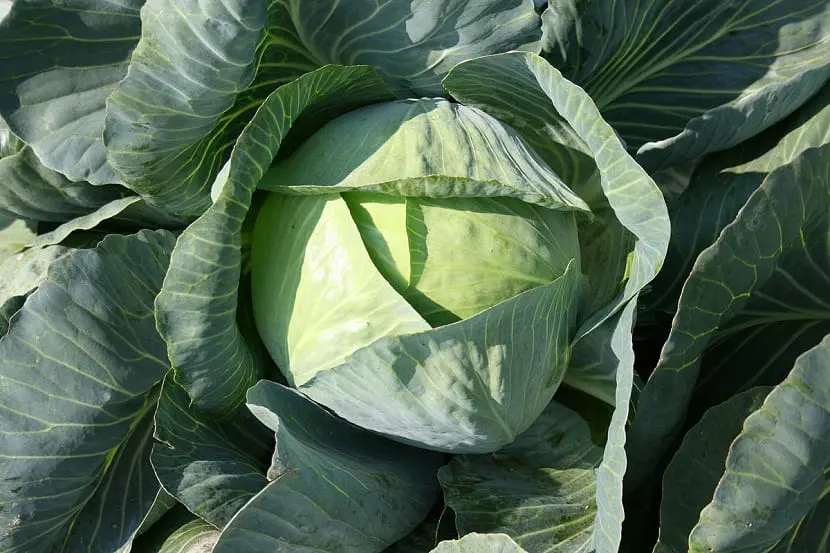Agriculture is a science that requires specific knowledge of each species of plants to be planted. All those who have ventured into this wonderful world, whether from an industrial point of view, as a hobby or in a garden, know that they must do so with absolute seriousness and knowledge in order to see the expected results.
Brassicaceae (Brassicaceae) or cruciferous (Cruciferae) are an inevitable species of great advantages, both in cultivation and consumption. Although they have been included in the diet for centuries, the benefits they provide in the daily diet are still being discovered.
Table of Contents
- 1 Species
- 2 Features
- 3 Consumption
- 4 Farming
Species
Our Brassicaceae or Cruciferae they have a large number of species and multiple uses. These plants can be used as fresh and organic food and it is industrially easy to use.
Its cultivation has advantages for other crops such as natural pesticides and contain many nutritional and medicinal properties. There are also beautiful ornamental species.
Within the family of this botanical variety are may include nine species and six varieties only of oleracea and among those that have had a greater interest in farmers are the spicy root, all types of cabbage cabbage, cauliflower, brussels sprouts, broccoli, broccoli, red cabbage, turnip, arugula, radish and watercress.
Features
Among the characteristics that we can highlight is which can be annual or perennial. They occur in temperate zones preferably and the crops adapt very well to cold climates. The leaves are almost always alternate and rarely opposite and rarely present with distinct leaflets.
The flowers of the Brasicaceae are generally in the shape of clusters, being these perfect and regular. The receptacle is often presented with nectaries, sometimes rings of stamens are attached to the outside.
The perianth of the flower has four sepals in two decused pairs and has four unguiculate petals with a lamina above the sepals that are rarely present. The androecium has tetradynamos with six stamens and the gynoecium has two carpels.
The fruits of this species are found in a capsule called silicua or silicule. The seeds do not have an endosperm, they have two glues and an oleaginous embryo, the pollination is entomogamous and can be substituted by autogamy due to the short stamens. The inflorescences are presented in the form of clusters.
Consumption
With regard to human consumption, crucifers They provide important vitamins and minerals to the daily diet.
Su high content of antioxidants and natural fiber makes them a food with anticancer properties, being ideal for diets, since it does not have a high caloric content.
Its consumption is quite widespread and is an important ally for food security, being preferable to consume them raw, but they must be washed with care.
Farming

The cultivation of the Brasicácea dates back to 2500 years BC and it is known that comes from western Asia and Europe, where the pollination of this plant has always been crossed. After the seed has sprouted, the transplant should be carried out on cloudy days, also recommending not to water it until it has been transplanted.
During the first month and a half it is very important to control weeds around the plant. The land in which they are planted must have a PH between 5,7 and 6,8. These plantations must be rotated since they require a very well nourished soil and therefore wear it out.
Soils must be loam or clay loam and rich in organic matter, that is to say, that these have to be well paid.
Harvesting must be done carefully to ensure the presentation of the plant. Aspects such as temperature, luminosity, rain, wind and air humidity.
These plants have been presenteas in the diet of humans for many years and its effective cultivation makes the benefits of crucifers reach thousands of people around the world in some of its various species.

